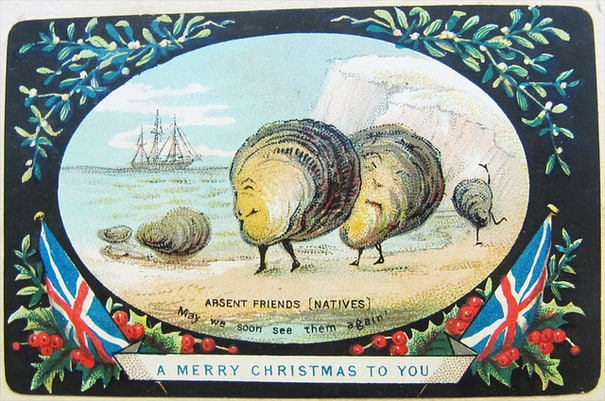
ADVERTISEMENT - CONTINUE READING BELOW
Shellfish was the Holiday Food Choice for the Poor
Nowadays, some shellfish are considered pricy or luxury menu items, so It might strike us as strange that less affluent Victorian families would steer clear of beef and turkey for their Christmas dinner. Instead, they would stuff their faces with aphrodisiacs. But in Victorian Britain, they were in the preserve of the poor. As one of Charles Dickens’s characters, Sam Weller, astutely commented, “Poverty and oysters always seem to go together.” Oysters were particularly popular among the poor of London and the South of England, so much so that they picked up the name, “the poor man’s protein”. But They weren’t the only option available to poorer families (and by poorer, this would mean families with an income of as little as £100 a year).
Geese too would often find their way onto the Christmas dinner table in substitute of beef or turkey. And when families had enough money for beef they would often bake beef and oyster pies, though the ratio of meat to mollusk varied depending on how much families had to spend. It made sense why these families wanted to count the pennies around Christmas time. A theatre production of Dickens’s “A Christmas Carol” from 1844—the year after the novel’s publication—revealed that Bob Cratchit, the underpaid and undervalued clerk to the protagonist Ebeneezer Scrooge, would have had to put aside a week’s wages just for the basic Christmas feast. To break it down, the goose would have cost around seven shillings, the dried fruit Christmas pudding five shillings, and the sage, onions, and oranges three shillings.

